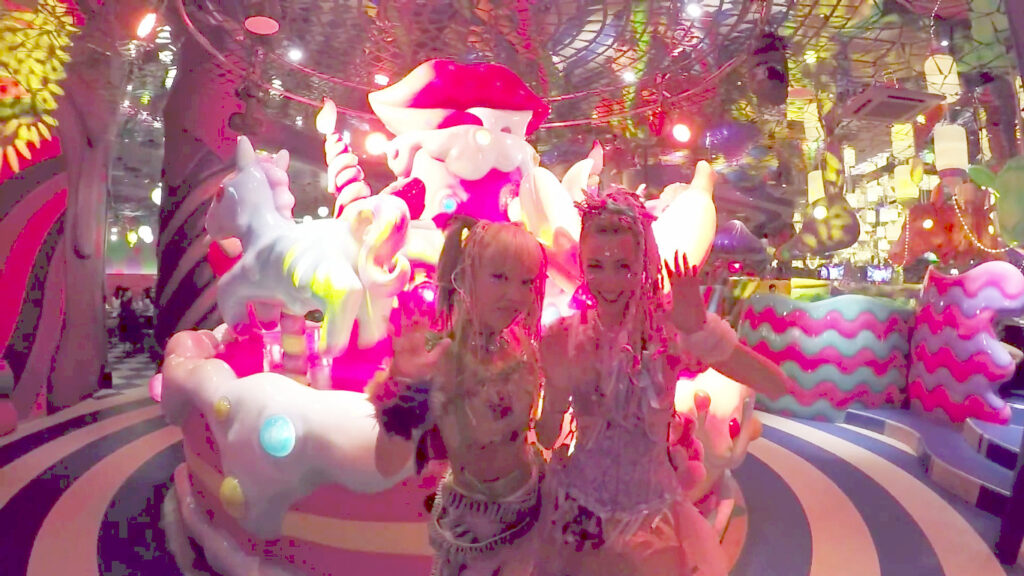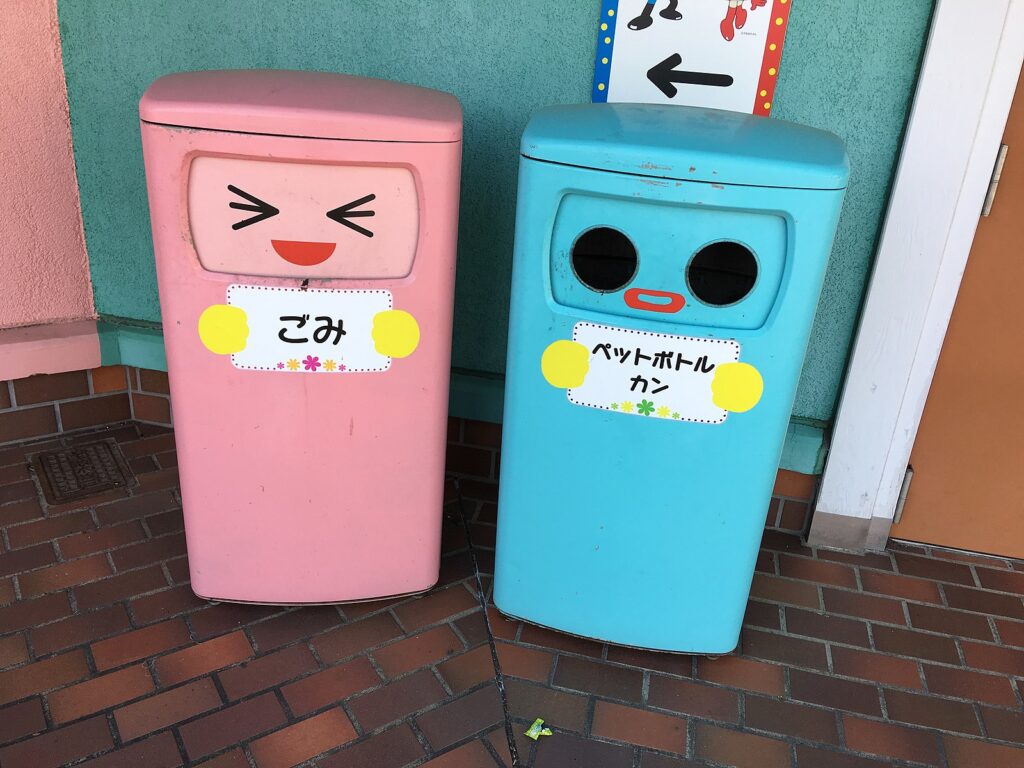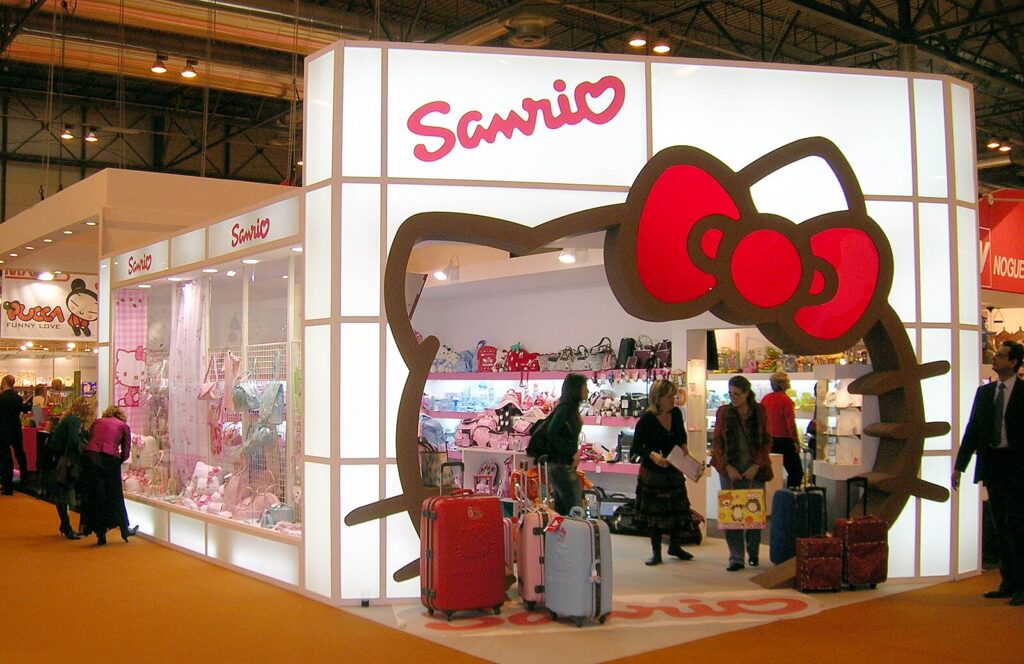Kawaii has become a global phenomenon in recent years, adorning everything from fashion to entertainment. But what does it mean, and where did it come from?
Kawaii is a Japanese term for things that are designed to specifically be endearing or cute. This is a concept that has dominated Japanese cultural influence around the world heavily in the past few decades.
Its origins, however, trace back centuries. The concept has evolved through various cultural shifts and societal changes with the rest of Japanese society.
This thousand-year journey of kawaii reveals its deep-rooted significance in Japanese culture and its remarkable journey to international prominence.

The Roots of Kawaii Culture
The roots of kawaii can be traced back to ancient Japanese aesthetics, particularly in the Heian period (794-1185 CE). During this time, notions of beauty and elegance were deeply ingrained in Japanese society, evidenced by stories such as The Tale of Genji and The Pillow Book.
These tales, and Japanese society as a whole, demonstrated the concept of mono no aware, or “the pathos of things.” This means a kind of pity towards things that are powerless and helpless.
Mono no aware emphasizes the appreciation of transient beauty in a regretful or remorseful sense. This laid the foundation for the concept of kawaii, which holds a similar kind of sympathy towards things that are cute and lovable.
The two concepts are like two sides of the same coin. Mono no aware encourages pity or sympathy for things with a focus on their death, while kawaii encourages pity or sympathy that highlights a thing’s life.
Another early influence on kawaii was the emergence of courtly culture, where refined manners and artistic sensibilities flourished. The courtiers of the Heian period revered qualities such as gracefulness and subtlety, which would later manifest in the notion of kawaii.
The rise of Buddhism in Japan also contributed to the development of kawaii aesthetics. This is because Buddhist beliefs emphasized compassion and empathy, leading to the portrayal of benevolent, childlike figures in art and literature.
These representations, often characterized by round faces and gentle expressions, planted the seeds of cuteness in Japanese culture.

Refining Kawaii Culture
During the Meiji Restoration, Japan was rapidly industrialized and incorporated into the Western work as they finally opened their borders to trade. As the country opened up to the world, new influences began to shape its culture, challenging traditional notions of aesthetics.
During this time, kawaii underwent a transformation, adapting to the changing social landscape. Western fashion and ideals of beauty were introduced to Japan, but did not dominate.
Japan held to its unique cultural identity by merely incorporating new aspects of Western culture. The blending of traditional and modern elements gave rise to new forms of cuteness, seen in the emergence of kawaii culture in early manga and animation.
The devastation of World War II and the subsequent American occupation brought further cultural shifts as Japan was forced to fully reconsider its place in the world. The desire for escapism and optimism fueled a new appreciation for loving cute characters and sparked a cultural revolution.
How did Kawaii Become so Popular?
The latter half of the 20th century witnessed the explosion of kawaii culture across Japan and beyond. The 1960s saw the rise of kawaii fashion.
The Harajuku district in Tokyo became a hub for youthful expression and creative styles that embraced exaggerated cuteness. It challenged societal norms of beauty and fashion.
Many of these styles are hyper-feminine from a Western lens. They associate the style with the vulnerability kawaii focuses on with women.
The influence of kawaii also extended into music, with the emergence of J-pop idols whose music videos and performances are characterized by colorful visuals and whimsical themes. Kawaii aesthetics also permeated Japanese television and advertising, shaping the visual landscape of popular culture.
Kawaii culture also emerged in schools. Japanese schoolgirls began rebelling against the strict academic rule they faced in postwar schools.
These students began writing in a very bubbly, cute handwriting format. This was tied to the emergence of new products such as mechanical pencils that supported the practices of diary and letter writing.
The Rise of Hello Kitty
Stationery company Sanrio took advantage of the rising popularity of their products and in 1975 released Hello Kitty. As an expressionless cat with large eyes, Hello Kitty quickly became the mascot of kawaii culture.
It became recognized globally. Hello Kitty even became a tourism ambassador for Japan in 2008.
Kawaii characters have come to share many characteristics with Hello Kitty to maximize cuteness. This includes little or no expression, simplistic styles, large heads with small bodies, large eyes and small noses.

These features inspire the sense of cuteness and protection that kawaii represents. It allow consumers to relate to the characters by projecting their own selves onto the simply designed characters.
In the digital age, social media platforms and internet culture have further propelled the global spread of kawaii. Memes, emojis, and virtual influencers embody these features of cuteness, transcending language barriers and connecting people around the world.
From its ancient origins to its modern-day prominence, the history of kawaii reflects the enduring appeal of innocence, charm, and creativity. What began as a cultural aesthetic in ancient Japan has evolved into a global phenomenon, captivating hearts and minds across generations.
As kawaii continues to evolve and adapt to changing times, its essence remains a testament to the enduring power of cuteness in a world that often craves joy and positivity.
References
Meyer, Isabella. “What Is Kawaii? – Understanding Japan Cute Culture.” Art in Context, May 5, 2023. https://artincontext.org/what-is-kawaii/.
Sato, Kumiko. “From Hello Kitty to Cod Roe Kewpie: A Postwar Cultural History of Cuteness in Japan.” The Journal of Asian Studies Volume 14, Issue 2: Fall 2009. https://www.asianstudies.org/wp-content/uploads/from-hello-kitty-to-cod-roe-kewpie-a-postwar-cultural-history-of-cuteness-in-japanA.pdf.
Taggart, Emma and Margherita Cole. “What Is Kawaii? Discover What Led to Japan’s Culture of Cuteness.”My Modern Met, January 1, 2022. https://mymodernmet.com/kawaii-art-japanese-culture/.